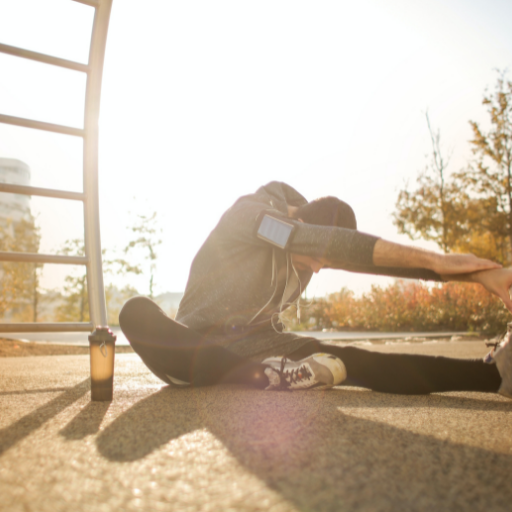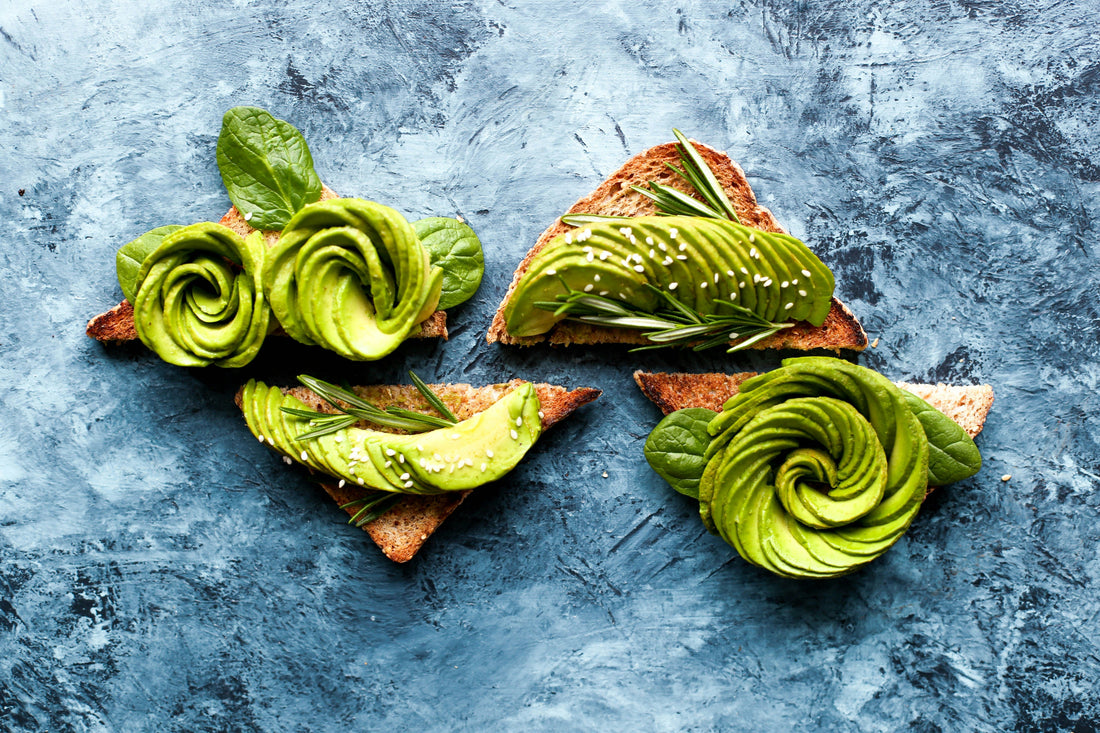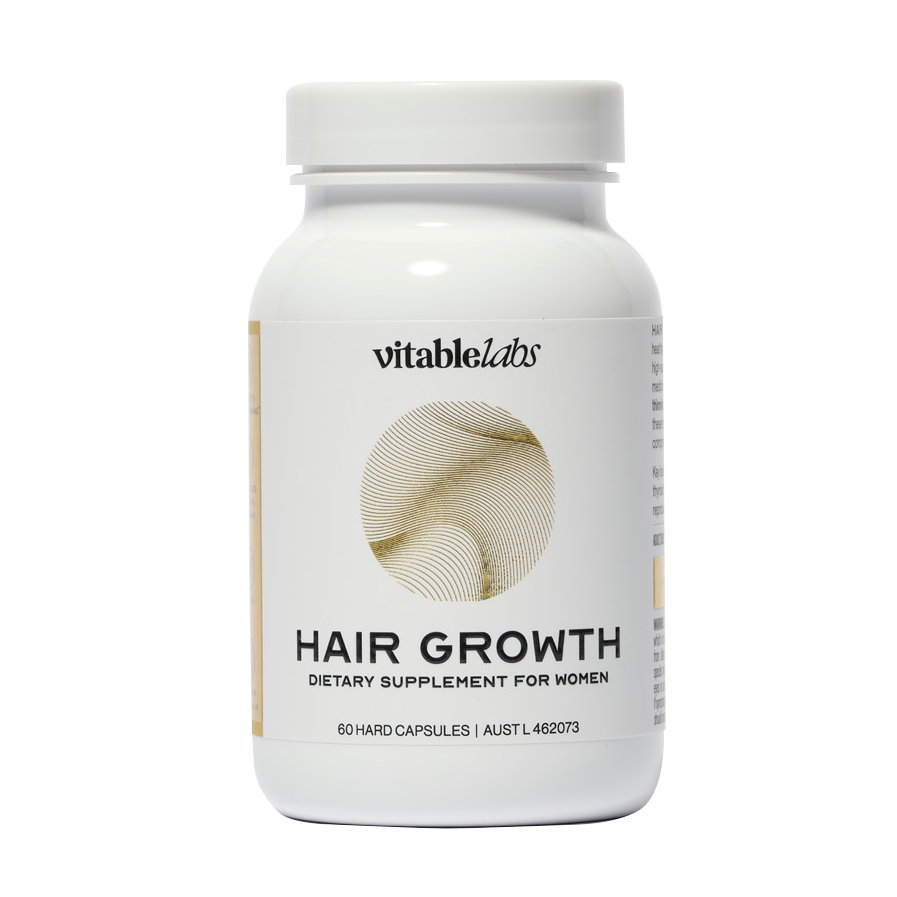Being physically active bears many benefits, but an active lifestyle can come with occasional setbacks. Among these is the risk of muscle cramps.
Muscle cramps usually occur in six out of 10 adults (1). Muscle cramps could potentially cause discomfort during sleep and can even induce severe pain. Some cramps, especially when they occur in leg muscles, can become severe enough to warrant medical intervention.
To avoid muscle cramps, it can help to increase your intake of foods that are rich in magnesium. These include green vegetables, nuts, seeds, wheat and whole grains. Magnesium is essential for neuromuscular transmission and the efficient contraction of muscles (2), both of which protect us from muscle cramps. Magnesium deficiency is also associated with muscle cramps.
What causes muscle cramps?
Muscle cramps can affect any muscle in the body, with the leg, calves, and feet being particularly susceptible. A single cramp lasts for different periods of time and generally resolves itself.
There is no single cause of cramps that has been identified (3). However, poor physical health can contribute to the occurrence of cramps (4). A sedentary lifestyle often causes muscles to become tight and inflexible, thus increasing the risk of muscle cramps (5).
Cramps can also be caused by mineral and electrolyte imbalances (6). A magnesium deficiency induces the same effect on the muscles. Some women can feel the effects of this during their menstrual cycles when muscle cramps are more focused on the abdominal area.
Taking care during exercise, avoiding overexertion, and practicing dynamic stretching before and after workouts can act as a buffer against cramps (12).
Exercise tips to reduce muscle cramps
Good exercise involves planning of pre and post-workouts. Here are some tips that you can put into practice to reduce muscle cramps:
Stretches
Stretching is the process of placing particular parts of the body into a position that elongates or lengthens the muscles. Light and intense exercise routines both can be preceded and followed by ample stretches (7). Hold each stretch for a few minutes. If you experience cramps, massage your muscles lightly to relieve them.
Leg cramps in particular can be relieved by reaching down and forward for the toes. Avoid doing this abruptly, as it can do more damage than good. Tiptoeing momentarily for a few seconds can also help if you're unable to stretch downwards.
If you get leg cramps while sleeping, stretching before bedtime will reduce these sensations. If you are unable to stretch, walking around the house for a few minutes before sleeping can have the same effect. Stretches can be done gently at any time of the day, and as frequently as desired.
Warm-ups
Getting in light exercises before any workout gets the body prepared for the intensity to come. Warm-ups also boost your flexibility, balance, and reduce the likeliness of cramps (8).
Warm-ups are especially important during the wintertime. Muscle contractions often happen during extreme weather conditions, most especially during winter's coldest days (8). As the name suggests, a warm-up helps your body decrease the chances of muscle contractions.
Recovery stretches
While warm-ups can prepare the body for a workout, recovery stretches can help the body cool down to a calmer state after it. These are most effective during post-workout routines, especially after vigorous exercising.
Recovery stretches can help to reduce cramping since the body is eased into resting. Sudden exhaustion to abrupt rest can damage the muscles, rather than heal and strengthen them (9).
Epsom salts
An epsom salt bath, otherwise known as a magnesium sulfate soak, is considered one of the most relaxing methods for relieving muscle cramping. It is also recommended for painful period cramps (10).
While soaking in an epsom salt bath, our skin absorbs magnesium. Aching muscles are quickly relieved this way and our whole body goes into a state of relaxation (10).
Rest and relaxation
Cramps are usually caused by strain in the muscles, sometimes even dehydration. It does not completely go away unless you get the proper amount of rest.
The RICE method works well with cramping. This stands for Rest, Ice, Compression, and Elevation (11). Rest your leg or the specific area with the cramps. Apply some ice to the area if it lasts more than a few minutes. Compress the area, especially if there's any swelling. Finally, elevate the affected area.
Any type of cramp can be remedied with the right amount of rest. Also, ensure that you're drinking plenty of water.
Magnesium for leg cramps
The body produces magnesium on its own. Improving magnesium intake through diet is ideal, but if you find that you are not getting enough from what you eat, you may want to consider taking magnesium supplements. This mineral helps to prevent blood vessels from constricting, which can increase blood flow and help relieve muscle cramps and decrease the likelihood of them occurring (12).
This is due to the role magnesium plays in muscle relaxation and contraction (12). Magnesium may also reduce spasms within the muscle fibres, and helps reduce the occurrence of muscle tension and stiffness.
An exercise routine involves lots of planning beyond the physical activity itself. Simply keep the above tips in mind and you can live a healthier life without having to worry about muscle cramps.
Deciding on your very own vitamin packs for daily consumption is the first step in healthy living. Paired with an effective workout routine and healthy diet, you're on your way to feeling your best! Vitable gives you the luxury of personalised vitamins that can provide an assortment of health benefits. Putting together your very own vitamin subscription in Australia has never been easier. And you don't have to worry about vitamin delivery as that's covered too.
Learn more about other areas that magnesium can help you with, plus other supplements that can benefit in different ways:
Magnesium | Calcium Plus | Vitamin C | Vitamin D | Cranberry
*Always read the label. Follow the directions for use. If symptoms persist, talk to your health professional. Vitamin and/or mineral supplements should not replace a balanced diet.
References:
1. Geelong Medical & Health Group. Here's Why Your Legs Always Cramp At Night—And How To Make The Pain Go Away. Geelong Medical & Health Group. Published 2018 on https://www.geelongmedicalgroup.com.au/2018/02/heres-why-your-legs-always-cramp-at-night-and-how-to-make-the-pain-go-away. Accessed August 15, 2021.
2. Nutrients, 10(6), 730. The Role of Magnesium in Neurological Disorders. Kirkland, A. E., Sarlo, G. L., & Holton, K. F. Published 2018. https://www.ncbi.nlm.nih.gov/pmc/articles/PMC6024559/. Accessed August 15, 2021.
3. BetterHealth. Muscle cramp. BetterHealth. Published 2020 on https://www.betterhealth.vic.gov.au/ . Accessed on 13 August 2021.
4. Electronic physician vol. 8,3 2107-14. Comparison of lifestyles of young women with and without primary dysmenorrhea. Bavil, Dina Abadi et al. Published 25 Mar. 2016, https://www.ncbi.nlm.nih.gov/pmc/articles/PMC4844476/. Accessed August 15, 2021.
5. Scientific reports vol. 10,1 2638. Association between physical activity and Nocturnal Leg Cramps in patients over 60 years old: a case-control study. Delacour, Chloé et al. Published 14 Feb. 2020, https://pubmed.ncbi.nlm.nih.gov/32060316/. Accessed August 15, 2021.
6. Canadian family physician Medecin de famille canadien vol. 42. Muscle cramps and magnesium deficiency: case reports. Bilbey, D L, and V M Prabhakaran. Published 1996 on https://www.ncbi.nlm.nih.gov/pmc/articles/PMC2146789/. Accessed August 15, 2021.
7. Journal of athletic training vol. 52,10. Acute Passive Static Stretching and Cramp Threshold Frequency. Panza, Gino et al. Published 2017: 918-924. https://www.ncbi.nlm.nih.gov/pmc/articles/PMC5687236/. Accessed August 15, 2021.
8. BetterHealth. Physical activity - how to get started. BetterHealth. Published 2014 on https://www.betterhealth.vic.gov.au/health/healthyliving/physical-activity-how-to-get-started. Accessed August 15, 2021.
9. Sports medicine (Auckland, N.Z.) vol. 48,7. Do We Need a Cool-Down After Exercise? A Narrative Review of the Psychophysiological Effects and the Effects on Performance, Injuries and the Long-Term Adaptive Response. Van Hooren, Bas, and Jonathan M Peake. Published 2018: 1575-1595. https://pubmed.ncbi.nlm.nih.gov/29663142/. Accessed August 15, 2021.
10. The Cochrane database of systematic reviews vol. 2012,9 CD009402. Magnesium for skeletal muscle cramps. Garrison, Scott R et al. Published 12 Sep. 2012, https://www.ncbi.nlm.nih.gov/pmc/articles/PMC7025716/. Accessed August 15, 2021.
11. Healthwise staff. “Rest, Ice, Compression, and Elevation (RICE)”. University of Michigan Health: Michigan Medicine. Published November 2020 on https://www.uofmhealth.org/health-library/tw4354spec. Accessed August 23, 2021.
12. Vitable. “Magnesium”. Vitable. Published (n.d.) on https://research.get.vitable.com.au/magnesium. Accessed August 23, 2021.







